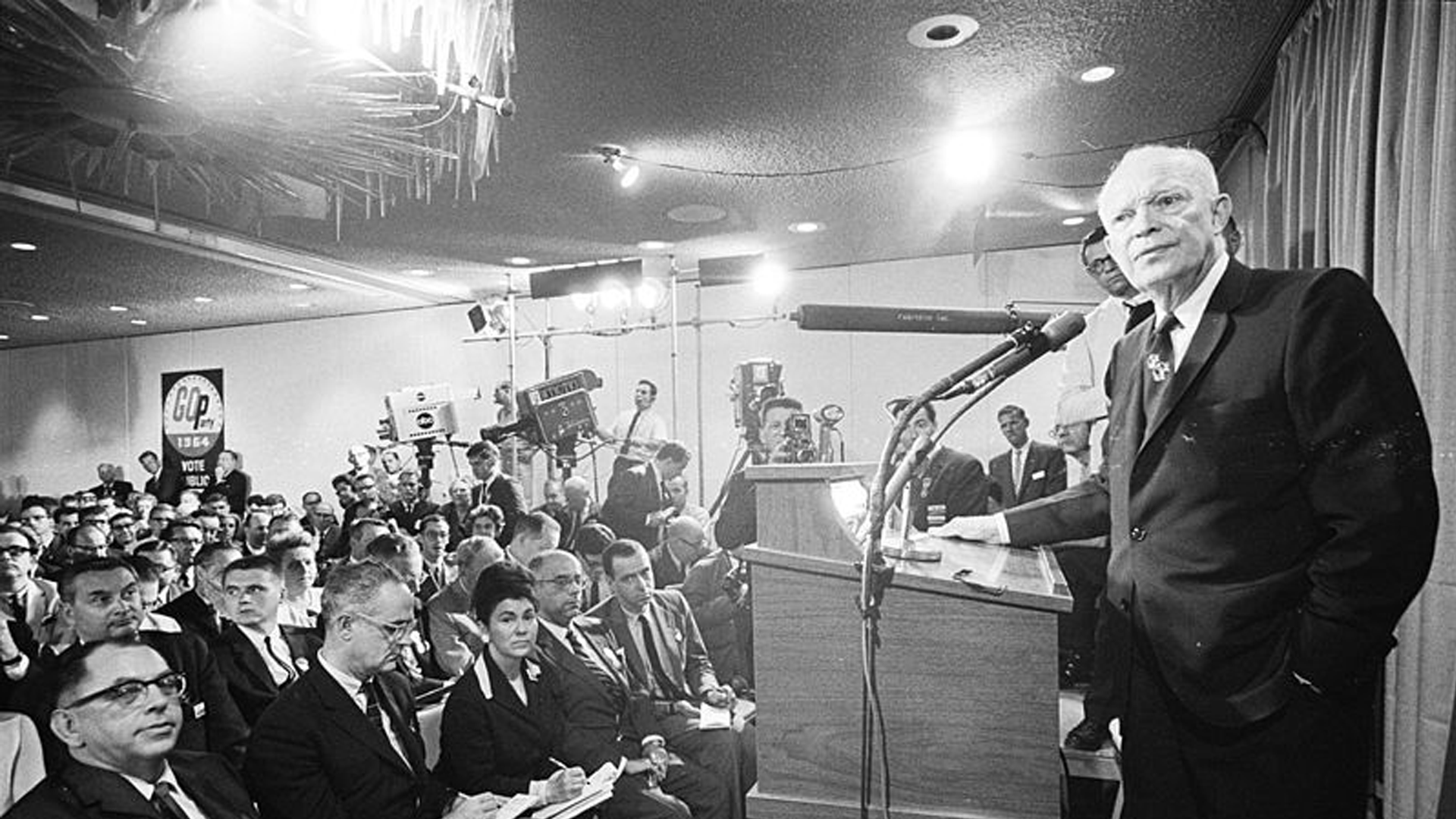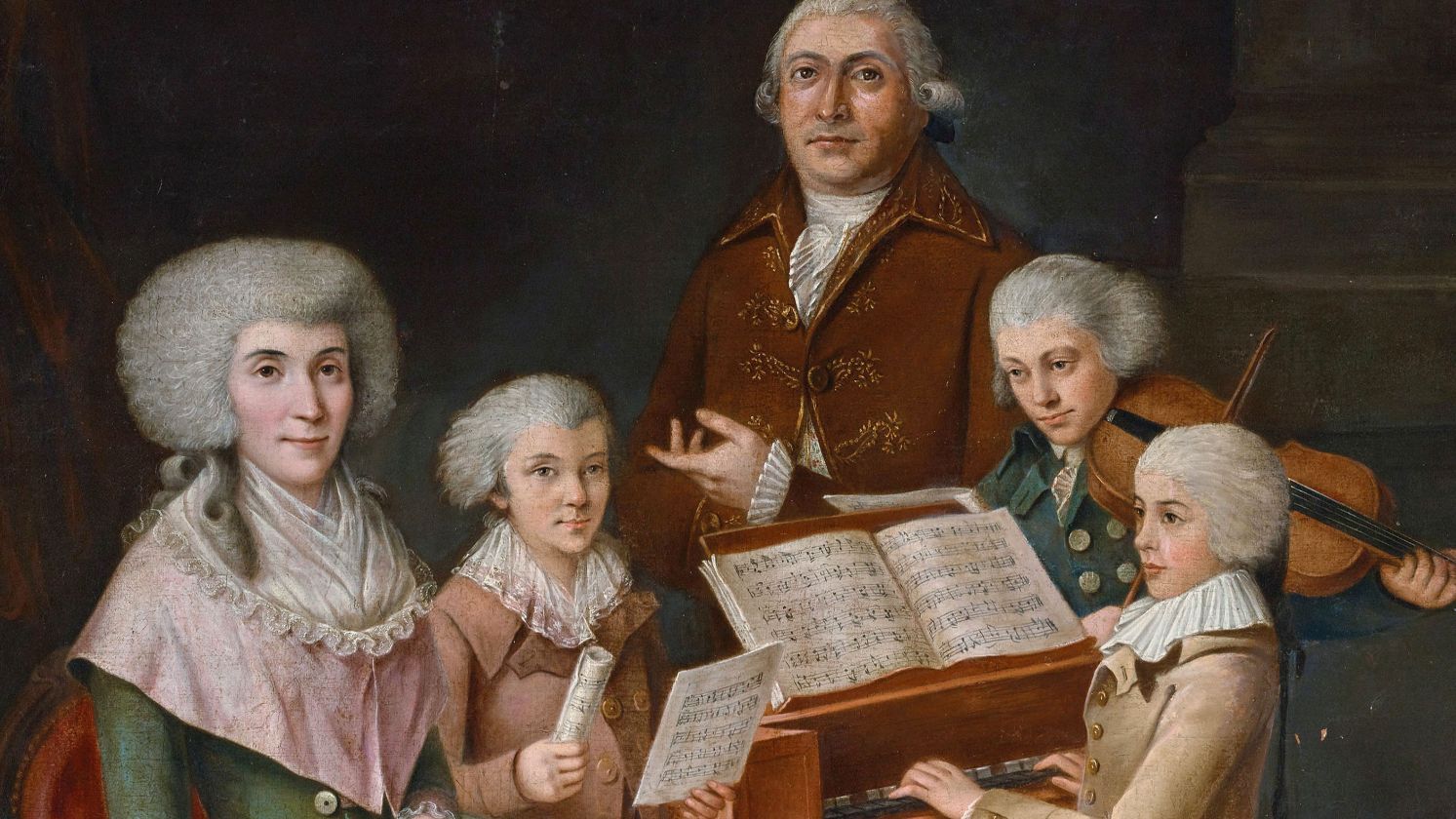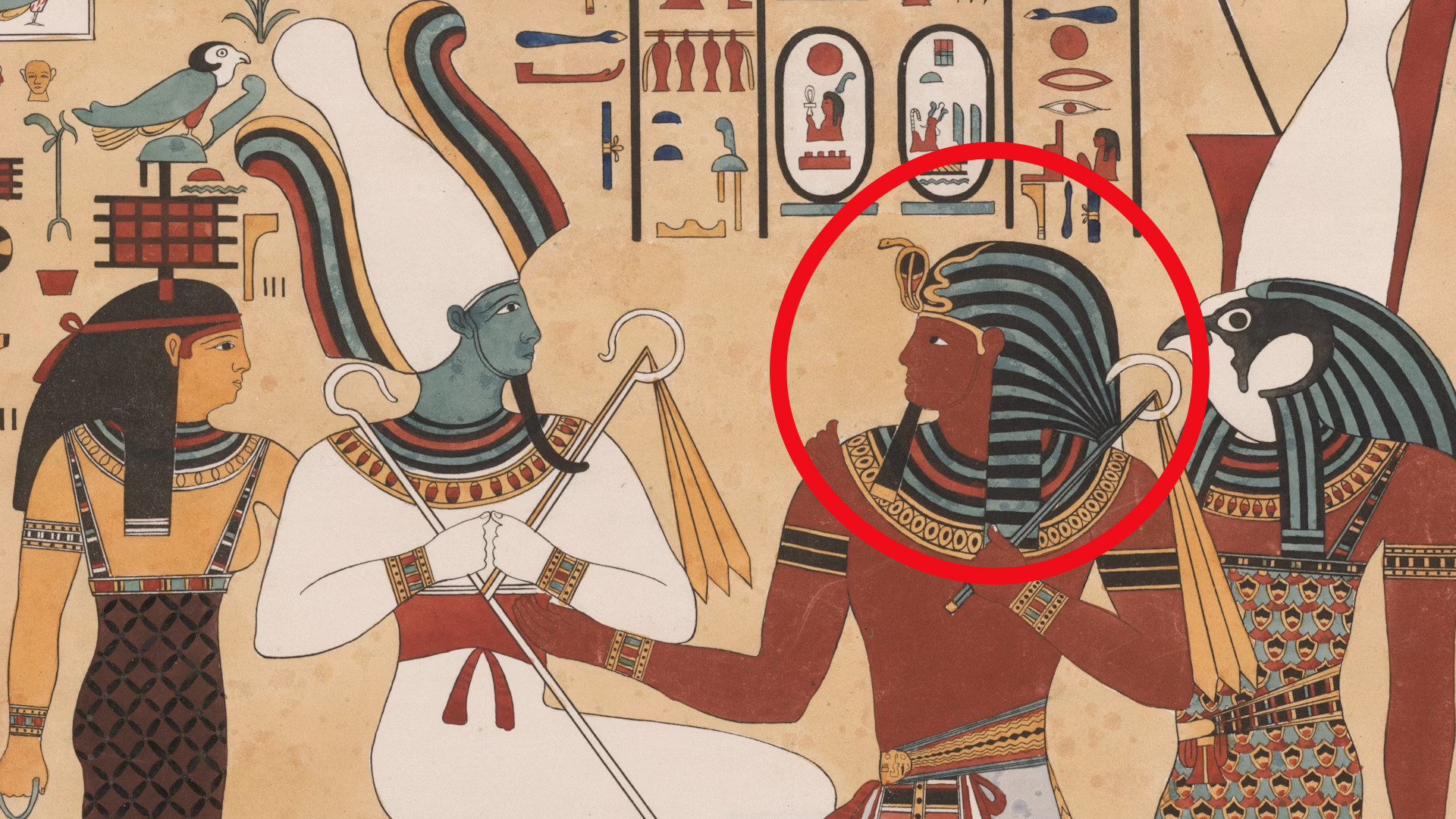Humanity At Peace And In Peril
Peace and chaos have profoundly shaped civilizations. Some eras witnessed unprecedented cooperation, flourishing arts, and diplomatic progress. Others unraveled in waves of violence and relentless change. Today, we’re exploring both extremes. Let's first look at the most peaceful periods in world history before looking at some of humanity's most tumultuous periods.
 Library of Congress on Unsplash
Library of Congress on Unsplash
1. Pax Romana (27 BCE – 180 CE)
Stability reigned across the Roman Empire during these 200 years. Trade routes expanded, infrastructure flourished, and internal conflict was minimal under emperors like Augustus and Trajan. Rome’s population peaked at around 70 million, supported by roads stretching over 250,000 miles.
2. Heian Period In Japan (794–1185)
Centered in Kyoto, the Heian era emphasized courtly refinement and cultural development. Aristocrats engaged in calligraphy and music, while the imperial court enjoyed relative internal peace. Murasaki Shikibu’s The Tale of Genji emerged as the world’s first novel during this time.
 Tosa Mitsuoki (1617 - 1691) on Wikimedia
Tosa Mitsuoki (1617 - 1691) on Wikimedia
3. The Age Of Enlightenment Peace (1715–1789)
Although not without conflict, Europe experienced intellectual cooperation and comparative stability during this era. Philosophers championed human rights, and monarchs like Frederick the Great adopted Enlightenment ideals. The Encyclopédie project, involving over 100 contributors, embodied the era’s rational spirit.
 Johann Georg Ziesenis on Wikimedia
Johann Georg Ziesenis on Wikimedia
4. Swedish Era Of Freedom (1719–1772)
Anders Celsius developed the Celsius temperature scale during this period. Power shifted from monarchs to parliament in Sweden, curbing autocracy and ushering in free press and scientific progress. Unlike its war-prone neighbors, Sweden avoided major conflict for over five decades.
5. Victorian Britain’s Middle Period (1846–1873)
Following the repeal of the Corn Laws, Britain saw rising living standards, expanding global trade, and reduced internal strife. The empire was secure, and reforms improved education and sanitation. The 1851 Great Exhibition showcased over 100,000 innovations and artifacts without disruption.
6. The Maurya Empire Under Ashoka (268–232 BCE)
Following the brutal conquest of Kalinga, Emperor Ashoka underwent a profound transformation and embraced Buddhism. After that, his reign marked a period of religious tolerance, humanitarian governance, and diplomatic outreach. Ashoka's edicts, written on pillars and rocks across South Asia, promoted non-violence, welfare programs, and moral behavior.
 Photo Dharma from Sadao, Thailand on Wikimedia
Photo Dharma from Sadao, Thailand on Wikimedia
7. Song Dynasty Prosperity (960–1127)
Technological advances and thriving commerce marked the Northern Song’s peaceful reign. Government exams promoted meritocracy while printing, paper money, and gunpowder spread widely. Kaifeng, the capital, was among the world’s most populous cities, with over a million residents and a sophisticated urban layout.
8. The Cold War Detente Period (1967–1979)
Tensions eased between the U.S. and USSR thanks to diplomacy and arms limitation talks. Agreements like SALT I slowed the nuclear arms race, and summits became regular. The 1975 Helsinki Accords, signed by 35 nations, improved East-West relations and human rights dialogue.
 Olavi Kaskisuo / Lehtikuva on Wikimedia
Olavi Kaskisuo / Lehtikuva on Wikimedia
9. Renaissance Florence Under Cosimo De’ Medici (1434–1464)
Florence experienced political calm and artistic explosion under Medici patronage. The Platonic Academy, funded by Cosimo, helped revive classical philosophy and merge it with Christian thought. Banking stabilized the economy, while artists like Fra Angelico and Filippo Lippi flourished.
10. The Dutch Golden Age (1602–1672)
Commercial prosperity and religious tolerance defined this era. The Dutch Republic dominated global trade through the VOC, while science and art thrived under minimal internal strife. Amsterdam’s stock exchange, founded in 1602, became the first of its kind, stabilizing economic growth for decades.
However, the next ten eras represent some of the most violent and devastating chapters ever recorded.
1. The Collapse Of Rome’s Western Empire (circa 376–476 CE)
Barbarian invasions and internal strife ripped through the empire. Multiple emperors ruled and fell within years, some reigning for mere months. Rome itself was sacked in 410 and again in 455, culminating in the deposition of the last emperor in 476.
2. The Mongol Conquests (1206–1277)
Entire civilizations fell before the Mongol war machine. Cities from Baghdad to Kyiv were razed, and millions perished in campaigns led by Genghis Khan. The 1258 sack of Baghdad alone killed thousands and marked the end of the Islamic Golden Age.
3. The Thirty Years’ War (1618–1648)
What began as a religious conflict exploded into pan-European devastation. Germany’s population dropped by an estimated 20%, with some regions losing over half their inhabitants. Famine, disease, and mercenary violence ravaged civilian populations, especially in the Holy Roman Empire.
 Karl Friedrich Lessing on Wikimedia
Karl Friedrich Lessing on Wikimedia
4. The Taiping Rebellion (1850–1864)
One of the bloodiest civil wars in history erupted in China under the Taiping Heavenly Kingdom. Led by Hong Xiuquan, who claimed to be Jesus’s brother, the rebellion caused up to 30 million deaths. Nanjing served as the capital of this theocratic state.
5. World War I (1914–1918)
Industrial-scale warfare decimated a generation across Europe. Trench warfare, gas attacks, and artillery claimed the lives of over 16 million people, both soldiers and civilians. The Battle of the Somme alone resulted in over 1 million casualties across all sides, with minimal territorial gain.
6. The Black Death (1347–1351)
Chaos swept through Europe as the plague decimated up to 60% of the population in some areas. Social order collapsed, labor systems broke down, and religious hysteria surged. In cities like Florence, death tolls reached approximately 50–60%, with some areas experiencing up to 80% mortality.
 Pierart dou Tielt (fl. 1340-1360) on Wikimedia
Pierart dou Tielt (fl. 1340-1360) on Wikimedia
7. The French Revolution And Reign Of Terror (1789–1799)
Revolutionaries overthrew monarchy and feudalism in a decade of relentless upheaval. Political factions turned violently on each other; over 16,000 were guillotined during the Reign of Terror. King Louis XVI and Marie Antoinette were also executed in 1793.
 Isidore Stanislas Helman / After Charles Monnet on Wikimedia
Isidore Stanislas Helman / After Charles Monnet on Wikimedia
8. The Partition Of India (1947)
As British India split into India and Pakistan, violence erupted along religious lines. An estimated 14 million people were displaced, and up to 2 million died in riots and massacres. Some of the worst atrocities happened in the Punjab region.
 Unknown authorUnknown author on Wikimedia
Unknown authorUnknown author on Wikimedia
9. The Congo Free State Under Leopold II (1885–1908)
Leopold’s private rule in Congo resulted in widespread atrocities. Millions of lives were taken due to forced labor, famine, and systemic brutality in rubber production. Hands were severed as punishment quotas; the population dropped by an estimated 10 million during this colonial horror.
 Unknown authorUnknown author on Wikimedia
Unknown authorUnknown author on Wikimedia
10. World War II (1939–1945)
Global in scope, WWII claimed over 70 million lives. Civilians were attacked, genocides executed, and cities leveled across continents. The Holocaust alone took the lives of six million Jews, and Hiroshima and Nagasaki were destroyed by the only nuclear weapons ever used in war to date.
KEEP ON READING

20 Important Names From World War II You Should Know
Key Players From World War II (For Good or Bad).…
By Cathy Liu Nov 7, 2024
20 Disturbing Last Words By Notorious Criminals
What Do You Have to Say For Yourself?. It’s hard…
By Maria Cruz Sep 16, 2025
The Musical Prodigy: 10 Fascinating Facts About Mozart & 10…
Secrets Behind the Symphony. Wolfgang Amadeus Mozart remains one of…
By Chase Wexler May 5, 2025
The Mysterious "Sea People" Who Collapsed Civilization
3,200 years ago, Bronze Age civilization in the Mediterranean suddenly…
By Robbie Woods Mar 18, 2025
20 Inventors Who Despised Their Creations
Made It… Then Hated It. Inventors often dream big, but…
By Chase Wexler Aug 8, 2025
20 Incredible Items In The British Museum People Say Were…
Mystery In History. The mighty halls of the British Museum…
By Chase Wexler Sep 8, 2025











